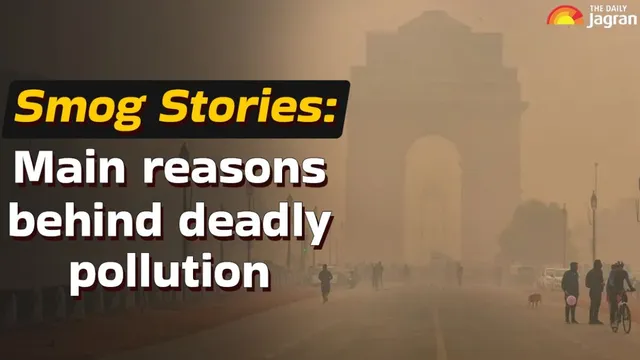- By Aditya Jha
- Mon, 06 Oct 2025 03:23 PM (IST)
- Source:JND
Smog Stories: It's officially that time of the year when the national capital Delhi's air quality turns so poor that even breathing takes effort and it becomes difficult to see the objects barely 50 meters away. The story is the same for the residents every year—they complain, protest, and wait for things to get better, but the issue remains invincible. The Air Quality Index (AQI) of the national capital was recorded between 150 and 180 on October 6, indicating an unhealthy air quality level, reported AQI.in.
As the air turns poisonous, fears rise over health issues and diseases caused by the hazardous dust particles. But what's behind the rising pollutants and the worsening AQI? In this article, we will look at the major reasons behind the air pollution in Delhi, especially in the winter months. While some of the factors can be controlled by taking the right steps, others are not in the control of the humans.
Main Factors Behind Air Pollution In Delhi-NCR:
1. Vehicular Emissions
Vehicular emissions are the largest contributor to Delhi's air pollution, accounting for 51.5 per cent of the total pollution, as per a study by the Centre for Science and Environment. The excessive use of private vehicles have damaged the air quality due to the continuous emission of various dangerous chemicals, including Carbon Monoxide, Nitrogen Oxides (NOx), Particulate Matter (PM), Volatile Organic Compounds (VOCs), Carbon Dioxide (CO₂), Sulfur Dioxide (SO₂), and Benzene. Most of the chemicals lead to issues like skin cancer, acid rains, lung-related diseases, and heart diseases, reported ScienceDirect.Com.
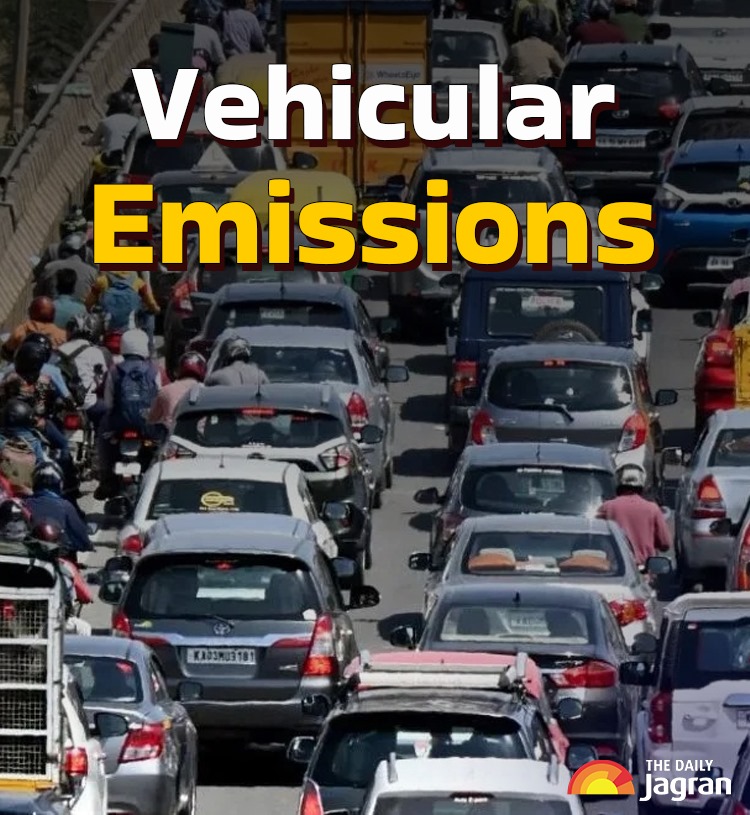
(Image credit: ANI)
While the past government tried to reduce the dependence on private vehicles by introducing schemes like the Odd/Even scheme, it could not sustain amid backlash from the citizens. The Delhi government has advised the residents to utilise the public transports such as metro and public buses to reduce the usage of the private vehicles.
ALSO READ: Smog Stories: How Delhi's Air Pollution Crisis Escalated After 2010 | Reason And Timeline
2. Stubble burning in the neighbouring states
Stubble burning in the neighbouring states, including Punjab, Haryana, and parts of Uttar Pradesh, is another key reason behind the poor air quality in Delhi. This farm practice, which is aimed at clearing the fields of crop residue, contributes majorly to pollution. Stubble burning is responsible for 8.19 per cent of the pollution, reported CSE. While the wind carries the dust particles to Delhi, it stops moving further in the winter months due to the climate change, choking the surface air.
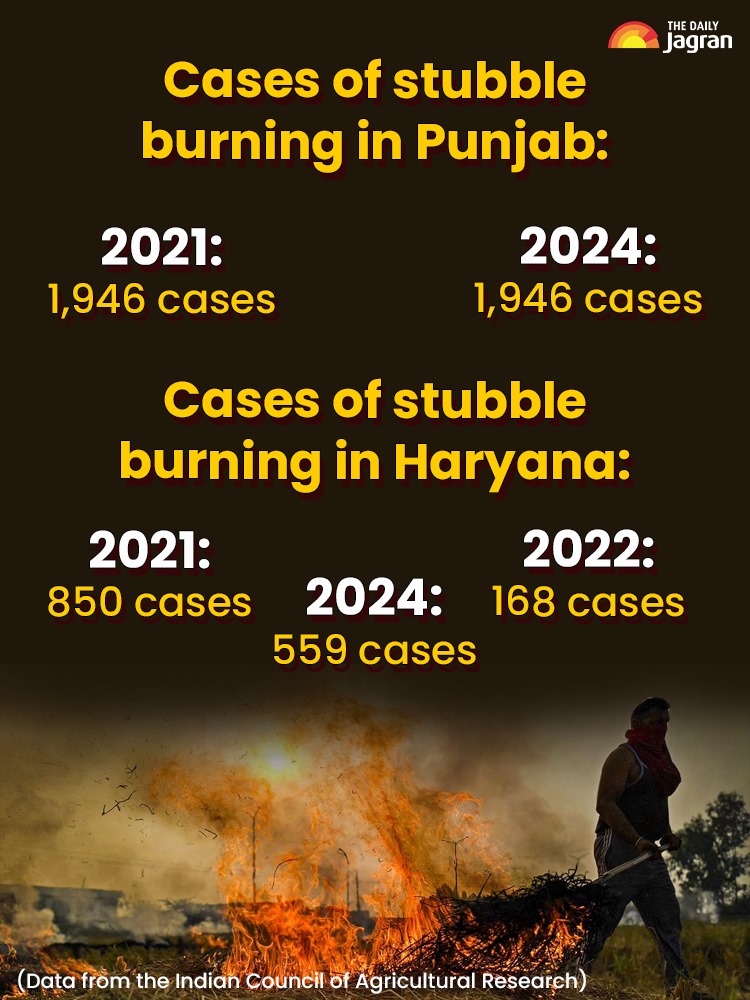
(Image credit: ANI)
In 2024, the Supreme Court slammed the Punjab and Haryana governments for failing to implement the stubble burning ban. Earlier last month, the apex court directed the state governments to send “some farmers to jail” in case they did not stop burning the stubble to deliver the message.
3. Construction dust from nearby cities
With expansion of the Near Capital Region (NCR), some of the neighbouring cities witness non-stop construction for multiple key projects. The dust particles from the nearby cities account for almost 35 per cent of the pollution in the national capital. The building sites in Delhi and nearby cities and roads that are being built produce a lot of dust, leading to air pollution.
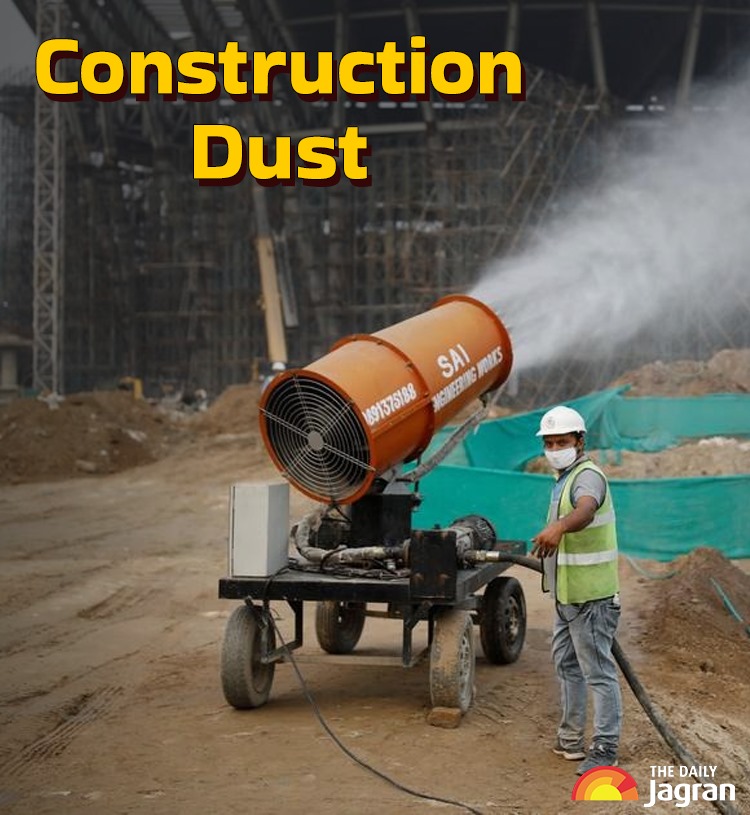
(Image credit: ANI)
Construction dust releases pollutants such as particulate matter (PM2.5 and PM10). Apart from this, it also releases other pollutants, including toxic dusts like silica and asbestos, cement dust, and metal dust, reported ScienceDirect.Com. These pollutants can severely damage the eyesight and lungs, leading to serious health issues. Earlier in 2024, the Supreme Court directed the authorities to halt these works for a few weeks to control the situation.
ALSO READ: Smog Stories: Delhi Braces For ‘Pollution Season’ As Rising AQI Signals Onset Of Hazy Days
4. Firecrackers
While there is a ban on bursting firecrackers during the festivals, a large number of the population continue to violate the rules. The firecrackers release several harmful chemicals, including sulfur dioxide and airborne particles, choking the surface winds. The bursting of firecrackers worsens the situation due to emission of the hazardous chemicals. The apex court has asked the state government to implement a strict ban on firecracker bursting to control the situation.
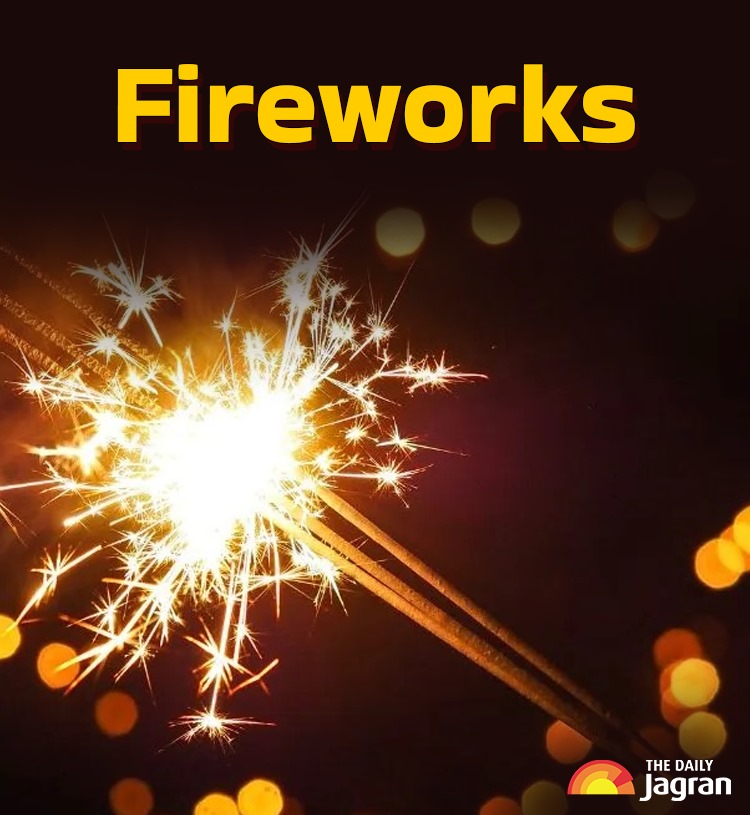
Image credit: ANI
5. Unmoving winter air
Low temperature and the above mentioned factors severely affect the flow of the surface winds in the national capital, leading to low visibility and suffocation. The experts suggest that if the firecracker ban is implemented properly, people use public transports in the winter months and cases of stubble burning reduces, then the air quality can be significantly improved, reported the Indian Express.
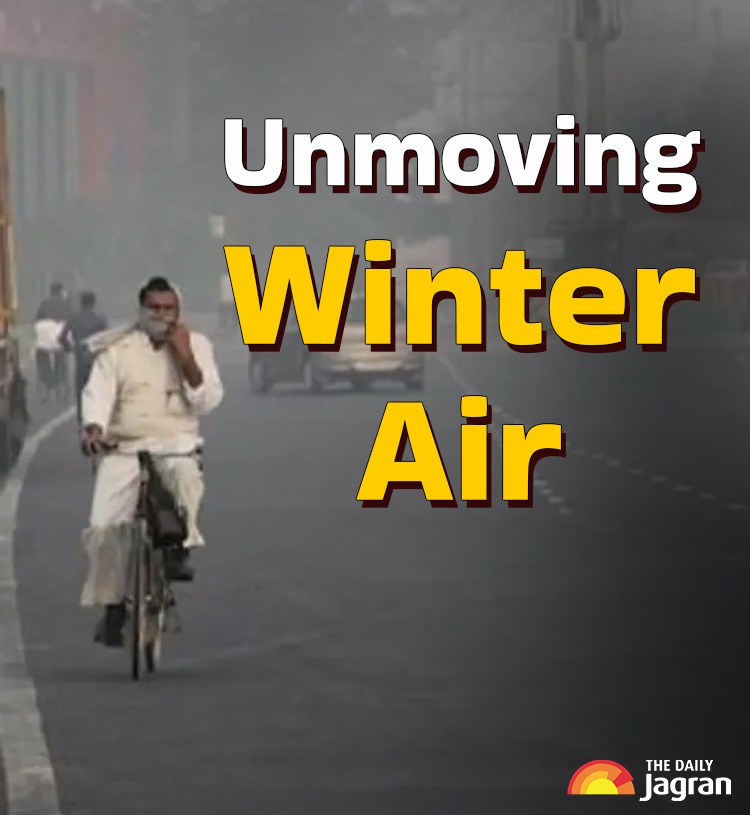
Image credit: ANI)
While the Supreme Court has directed the government to take necessary steps to control the pollution, the residents can also play their parts by utilising public transports, not bursting crackers, and stopping construction, especially during the winter months.
(This article is part of the series 'Smog Stories'. To read more articles in the series, click here)

